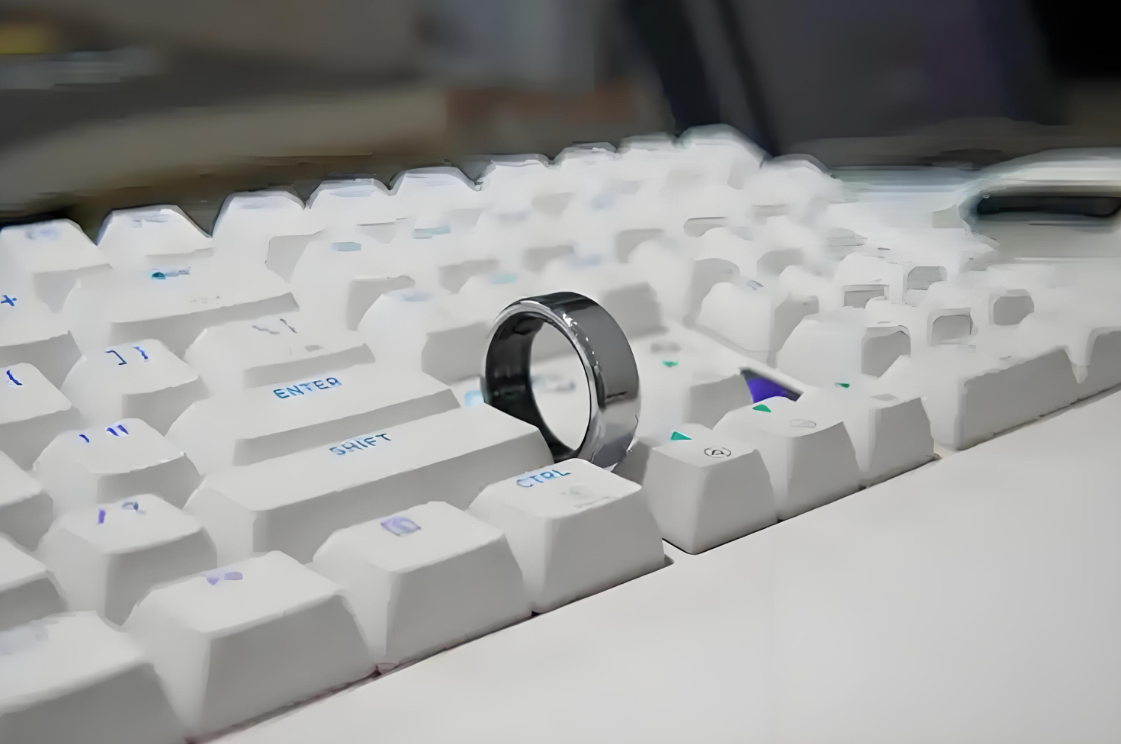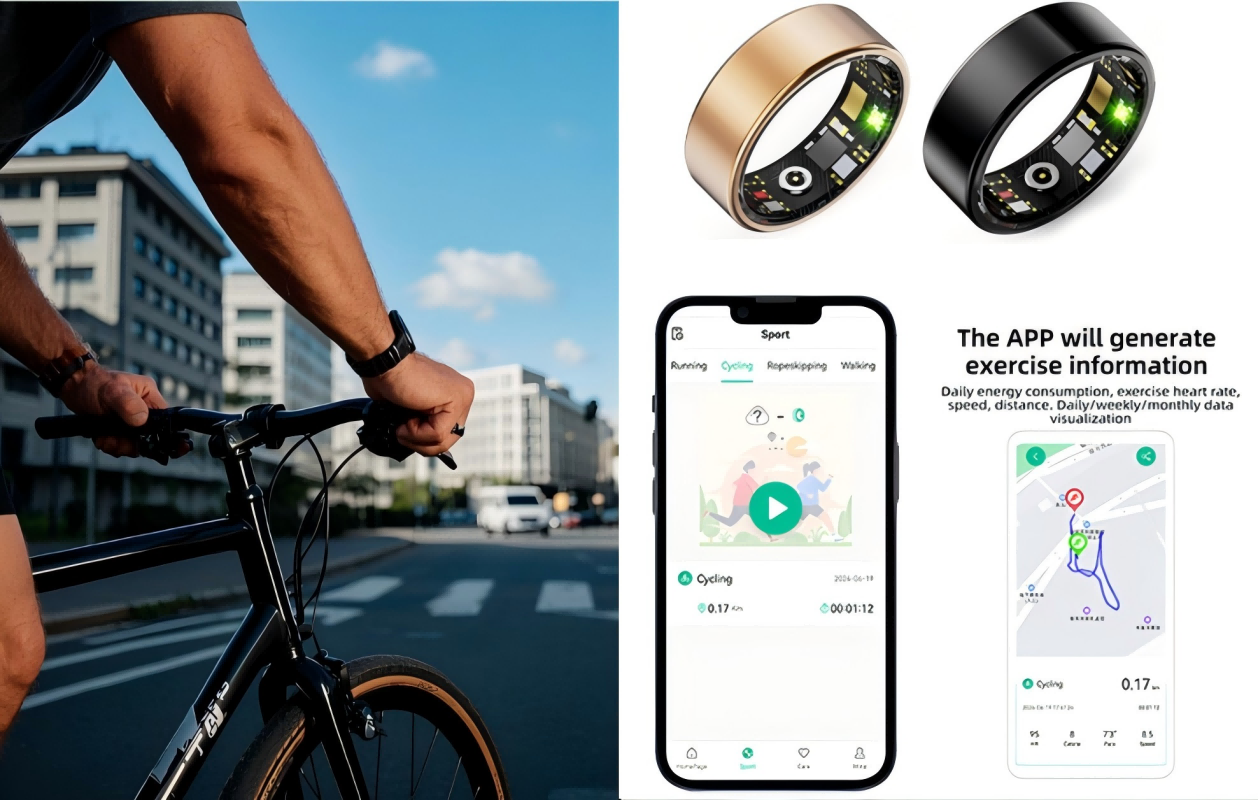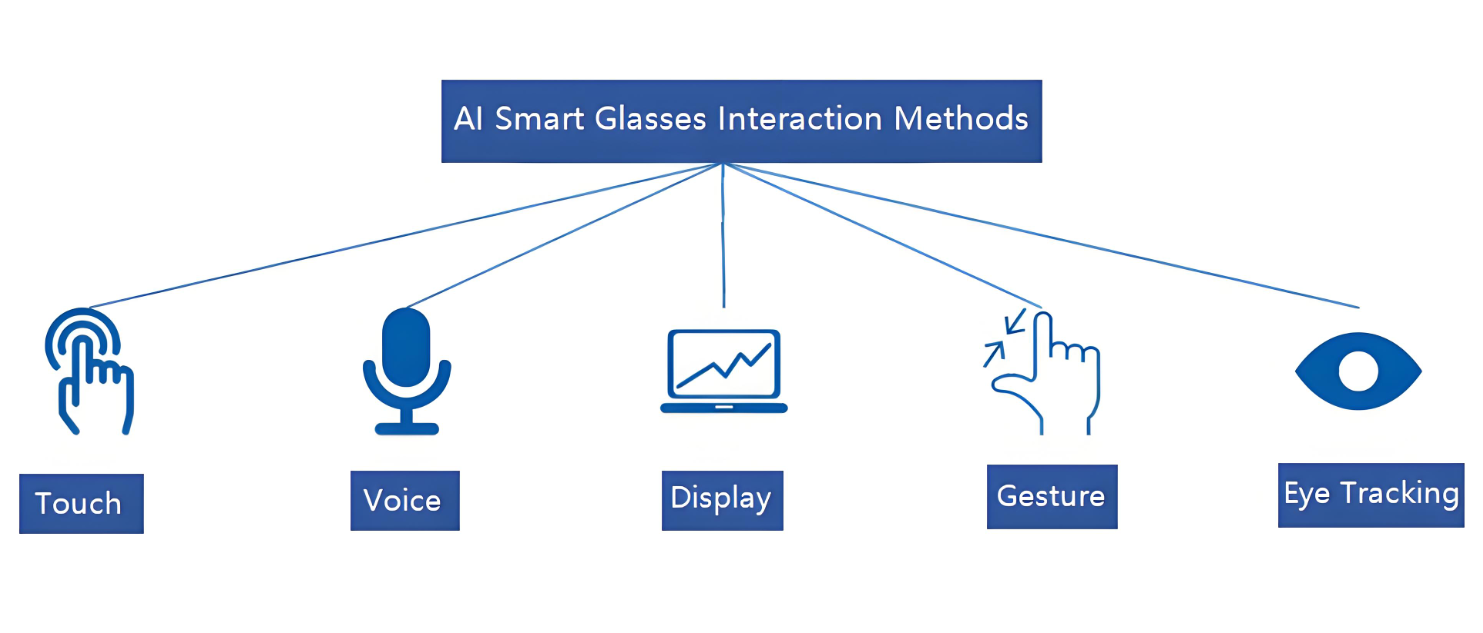 +86-13613020876
+86-13613020876 China's Smart Wearable Tech Revolution: Smart Glasses, Smart Rings, and Bands Shaping the Future in 2025
As China continues to lead the global smart wearable market, 2025 marks a pivotal year for innovations in smart glasses, rings, and bands. Combining AI, IoT, and health-centric designs, these devices are redefining consumer tech while addressing evolving societal needs.
Smart Glasses: AR Meets Practicality
China’s smart glasses market thrives on augmented reality (AR) integration and lightweight ergonomics. Brands like Huawei and Rokid are pioneering devices with micro-LED displays, real-time translation, and environmental perception capabilities. In 2025, over 35% of smart glasses shipments prioritize hybrid functionality—seamlessly switching between AR navigation and privacy-focused "dark mode" for work environments. The integration of bone-conduction audio and ECG sensors further blurs the line between productivity tools and health companions. However, challenges remain in battery life, with most models lasting 4–6 hours, driving demand for wireless charging cases.
Smart Rings: Minimalism with Multifunctionality
Compact yet powerful, smart rings are gaining traction among younger consumers. Companies like Oladance and QCY focus on health metrics—blood oxygen monitoring, sleep tracking, and even stress level analysis via galvanic skin response. With NFC-enabled mobile payments and customizable gesture controls, rings now cater to both fitness enthusiasts and tech-savvy professionals. The trend toward sustainability is notable: 20% of new models use biodegradable polymers, reflecting China’s circular economy goals. By 2025, the ring market is projected to grow by 58%, fueled by rising interest in contactless lifestyles.
Smart Bands: Democratizing Health Tech
As the most affordable category, smart bands dominate mass-market adoption. Brands like Xiaomi and Amazfit emphasize medical-grade sensors, such as PPG heart rate monitors and temperature sensors, to appeal to aging populations. In 2025, AI-driven predictive health alerts—like irregular heartbeat detection—will become standard, with 60% of bands integrating with China’s national healthcare cloud. Longevity improvements, with 10-day battery life, and modular designs (swappable straps for fashion) enhance versatility. Notably, bands are increasingly used in workplace wellness programs, partnering with employers to reduce occupational stress.
Future Trends: Convergence and Ethics
The industry’s trajectory hinges on three pillars:
- AI-Personalization: Devices will adapt to users via emotion recognition and adaptive UIs.
- Cross-Device Ecosystems: Seamless interoperability between glasses, rings, and bands for unified health data management.
- Ethical AI: Stricter compliance with China’s Data Security Law to protect biometric information.
By 2025, China’s smart wearables market is expected to exceed $12 billion, driven by R&D investments and government support under the "14th Five-Year Plan." As devices evolve from gadgets to indispensable lifestyle partners, balancing innovation with user trust will define the next frontier.


 Smart Glasses
Smart Glasses Smart Ring
Smart Ring















